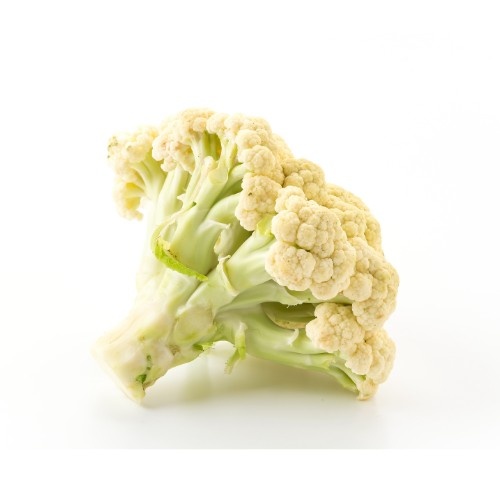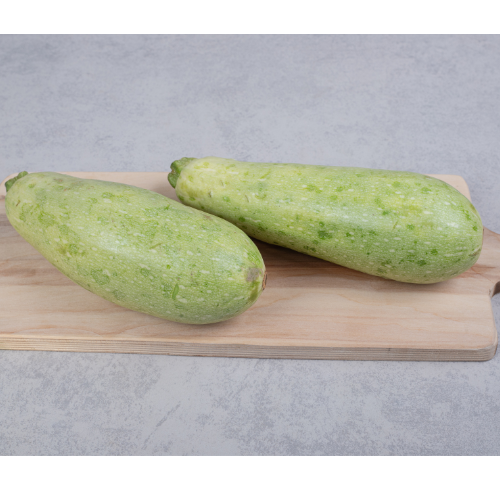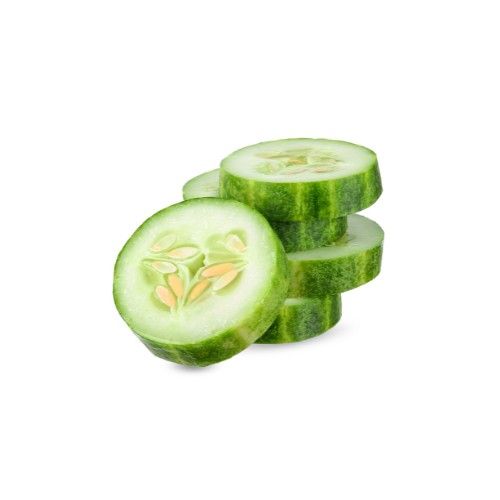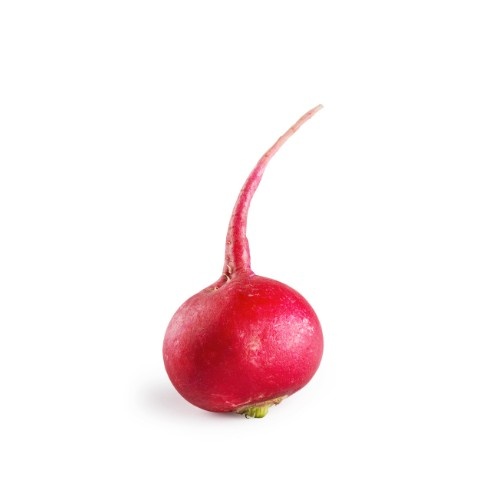Which Vegetables to Reduce Creatinine Levels?
Hey there! If you’ve been told that your creatinine levels are a little on the higher side, or maybe you’re dealing with chronic kidney issues, you're probably looking for natural ways to support your kidney health. And that’s understandable. After all, our kidneys do a lot of behind-the-scenes work to keep our body in balance; filtering waste, maintaining fluid levels, and helping regulate blood pressure. Creatinine is a waste product that your muscles produce during normal activity. Usually, your kidneys do a pretty good job of flushing it out. But when kidney function starts to decline, creatinine can begin to build up in the blood. That’s where diet comes in, and yes, certain vegetables can play a powerful role in helping to manage creatinine levels naturally.
So, grab a cup of herbal tea (or a glass of warm jeera water if you're already on that kidney-friendly kick), and let’s explore some of the best vegetables to lower creatinine.
Which Vegetables to Reduce Creatinine Levels?
Let’s discuss the vegetables that reduce creatinine levels in our bodies:
1. Cauliflower – The Underrated Hero
Cauliflower is a low-potassium, high-fiber veggie that is fantastic for anyone with kidney concerns and is one of the best kidney-friendly vegetables for creatinine management. It’s packed with antioxidants and compounds like indoles that support the body's detox process. It’s also low in purines, which means it doesn’t contribute to uric acid buildup; a common concern when kidneys aren’t filtering well. Try it roasted with a dash of turmeric (great for inflammation) or even mashed as a creamy alternative to potatoes.

2. Cabbage – A Cleansing Cruciferous Choice
Another cruciferous veggie that gets a big thumbs up is cabbage. This humble green is rich in phytochemicals that help break down free radicals and reduce inflammation. Plus, it’s low in potassium and phosphorus, which is important when your kidneys need to take it easy. One of the best low potassium vegetables for kidney health. Cabbage is also a star in Ayurvedic cooking. It can be lightly sautéed with cumin and coriander or added to soups and stews for a gentle digestive cleanse.
3. Bottle Gourd (Lauki) – Ayurveda’s Favorite
If you’re into natural healing, chances are you’ve already heard of lauki. In Ayurveda, this light and cooling vegetable is recommended for detoxifying the body and promoting healthy digestion. It’s low in sodium and potassium, which makes it kidney-friendly.

Drinking fresh lauki juice (without salt!) in the morning is a popular Ayurvedic remedy. Just make sure you’re using a fresh and non-bitter gourd; bitter ones can be toxic.
4. Bell Peppers – Colorful and Kidney-Loving
Red, yellow, green; bell peppers are more than just eye candy for your salad. They’re high in vitamin C and antioxidants but low in potassium. That’s a rare combo! Vitamin C helps reduce inflammation and supports the immune system, while antioxidants work to protect cells, including those in your kidneys, from damage. Chop them into salads, sauté them with tofu, or stuff them with quinoa and kidney-friendly herbs for a full meal.
5. Cucumber – Cool, Crunchy, and Cleansing
Cucumbers are another excellent choice when you're trying to manage creatinine levels naturally. They’re hydrating, low in potassium, and gentle on the kidneys. Their high-water content also helps in flushing out toxins. You can enjoy cucumber slices with mint and lemon or blend them into a refreshing smoothie with a bit of coriander and ginger.

6. Radish – A Spicy Little Detoxifier
Radishes are often overlooked, but they’re quite beneficial for kidney health. In traditional medicine systems, radishes are believed to have a diuretic effect, which means they help the body eliminate excess fluid and waste.
Raw radish juice isn’t exactly everyone's cup of tea, but it can do wonders when taken in moderation. You can also grate it into salads or cook it lightly with other veggies.

7. Zucchini – Light on the Kidneys
Zucchini is a great low-potassium alternative to other squashes. It’s soft, versatile, and gentle on the digestive system. It’s also full of antioxidants and fiber, which helps reduce inflammation and support healthy bowel movements; a plus when your kidneys are stressed.
Grate it into soups, bake it into fritters, or simply sauté it with garlic and a pinch of rock salt.
8. Turnips – A Root Vegetable You Can Trust
Turnips are another excellent option for anyone managing high creatinine. They are low in potassium and phosphorus and can replace higher-potassium veggies like potatoes. Plus, they’ve got a slightly sweet, earthy flavor that works well in Indian-style cooking.
Make a simple turnip curry with turmeric and ajwain (carom seeds), and you’ve got yourself a kidney-loving meal.
A Few Bonus Tips (Because Why Not?)
Now, you must be wondering, “I have an answer to ‘how to reduce creatinine with diet?’. What next?” While adding these veggies to your diet is a great step, here are a few friendly reminders to help you get the most out of your kidney-friendly eating plan:
- Don’t overdo the protein. Excessive protein, especially from animal sources, can increase creatinine levels. Balance your meals with lentils (in moderation), vegetables, and whole grains.
- Hydrate mindfully. Drinking enough water helps flush out creatinine, but if you're on fluid restriction (common in advanced kidney disease), always follow your doctor’s advice.
- Cut the salt. High sodium can increase blood pressure and worsen kidney function. Use herbs and spices instead to flavor your meals.
- Stay active. Light physical activity improves circulation and metabolism, helping reduce muscle waste products like creatinine.
Which Vegetables to Reduce Creatinine Levels: The Ayurvedic Viewpoint
Ayurveda emphasizes balance, and kidney issues are often seen as a result of imbalanced Pitta and Kapha doshas. The recommended diet includes cooling, detoxifying vegetables, light grains, and kidney-supportive herbs like Punarnava, Gokshura, and Varuna. Including gentle, sattvic foods like bottle gourd, cucumber, and cabbage fits beautifully into an Ayurvedic kidney care plan. Also, consider sipping warm coriander or barley water during the day; another classic Ayurvedic tip to help support urinary function naturally.
Final Thoughts
Managing creatinine levels doesn’t mean giving up on delicious food; it’s about making mindful choices that are kind to your kidneys. The vegetables we talked about, cauliflower, cabbage, lauki, bell peppers, cucumber, and more, are not just tasty; they’re therapeutic. And remember, nature has a way of healing when we give our bodies the right environment to thrive. So, eat your veggies, stay hydrated, breathe deeply, and be kind to your kidneys; they’re working hard for you, 24/7.
FAQ
- Which vegetables reduce creatinine levels?
Cabbage, cauliflower, bell peppers, and lettuce help lower creatinine.
- What is the fastest way to lower creatinine levels?
Stay hydrated, eat a kidney-friendly diet, and avoid high-protein foods.
- Which dal is good for creatinine?
Moong dal (yellow split lentils) is light and kidney-friendly.
- Can cucumber reduce creatinine?
Yes, its high-water content helps flush out toxins gently.







